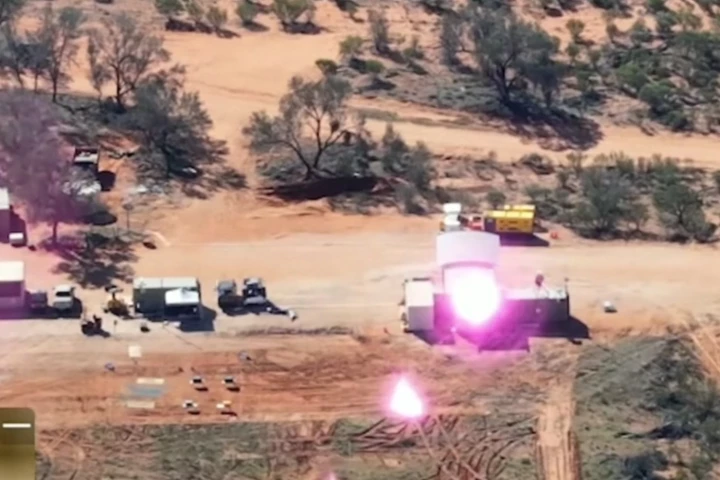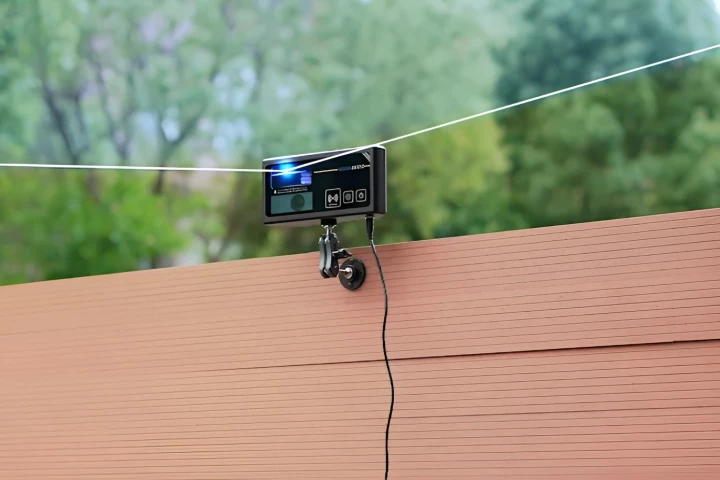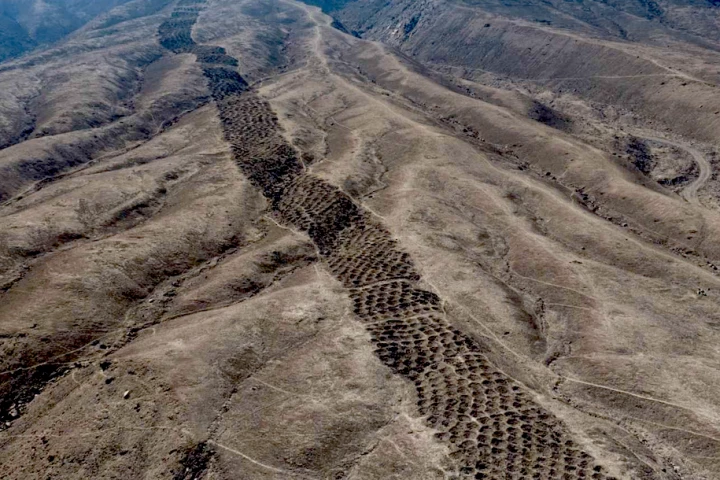If you've watched even a single episode of CSI, you'll know how important it is to check suspects and crime scenes for gunshot residue (GSR). A new technique could make that task faster and easier than ever before, by quickly causing the residue to glow green.
Current methods of checking for GSR typically involve gathering samples at the crime scene (which includes collecting swabs from suspects), transporting those samples to a forensics lab, then conducting tests to see if they contain certain telltale substances. One of those substances is lead, particles of which are utilized in the primer that ignites the bullet propellant in a cartridge.
Unfortunately, by the time that such lab tests have delivered conclusive results, suspects may have fled, or the crime scene may have been compromised.
That's where the new technique comes in. Developed by Wim Noorduin, Arian van Asten and colleagues at the University of Amsterdam, it utilizes an isopropyl-alcohol-based liquid which is sprayed onto surfaces at crime scenes.
A reagent chemical within that liquid – namely methyl ammonium bromide – instantly reacts with any lead particles that may be present, converting them into a semiconductor mineral known as perovskite. When that perovskite is subsequently exposed to ultraviolet light emitted by a handheld lamp, it fluoresces a bright green that is easily visible to the naked eye.
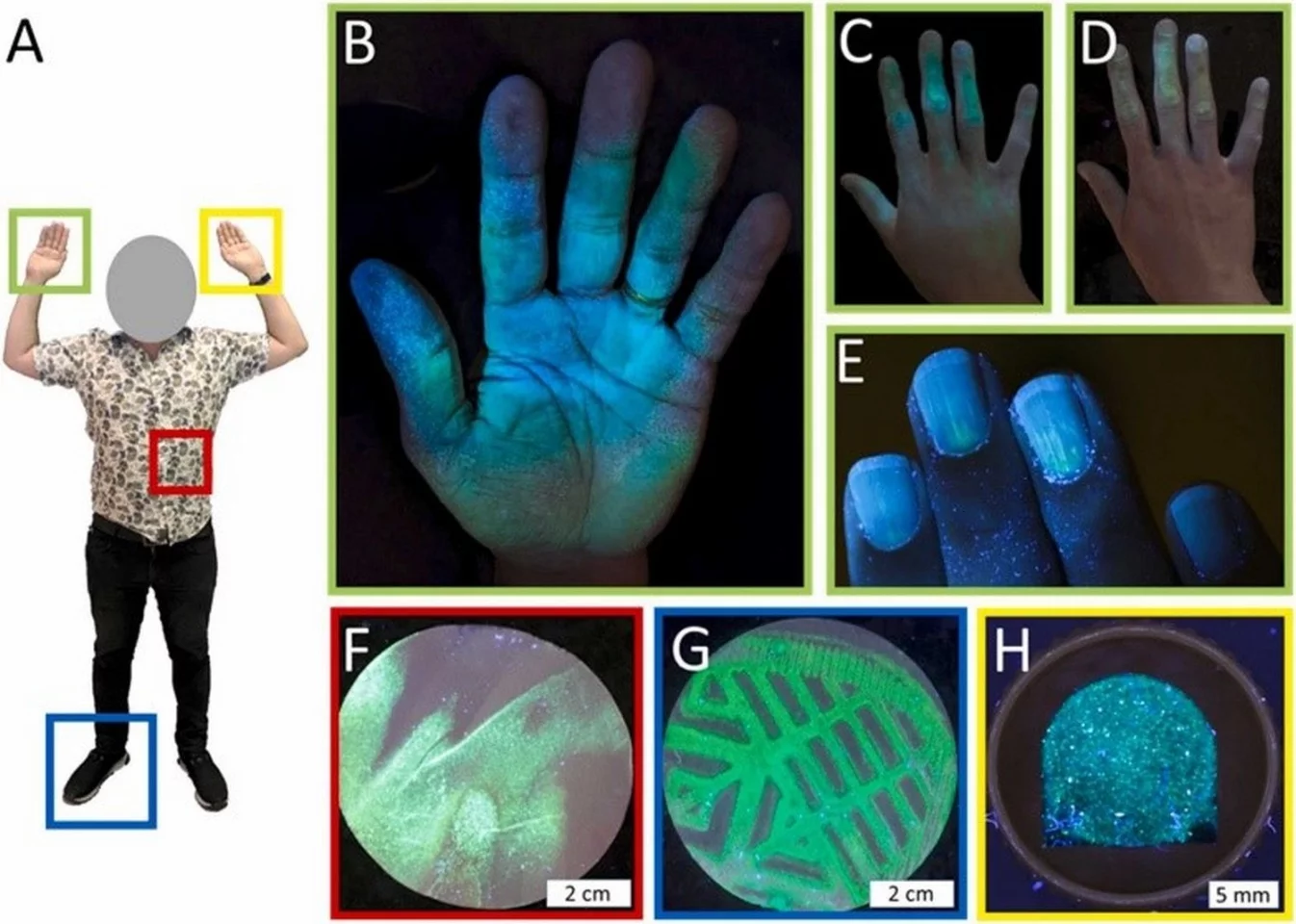
In shooting range tests, the technology successfully detected GSR on cotton cloth targets that volunteers fired upon using two 9-mm handguns (a Glock 19 Gen5 and a Walther P99Q NL) from distances of up to 2 meters (6.6 ft).
Importantly, the liquid also detected GSR on the volunteers' hands, even after repeated and vigorous washings. GSR was likewise detected on bystanders who watched as the target shootings took place.
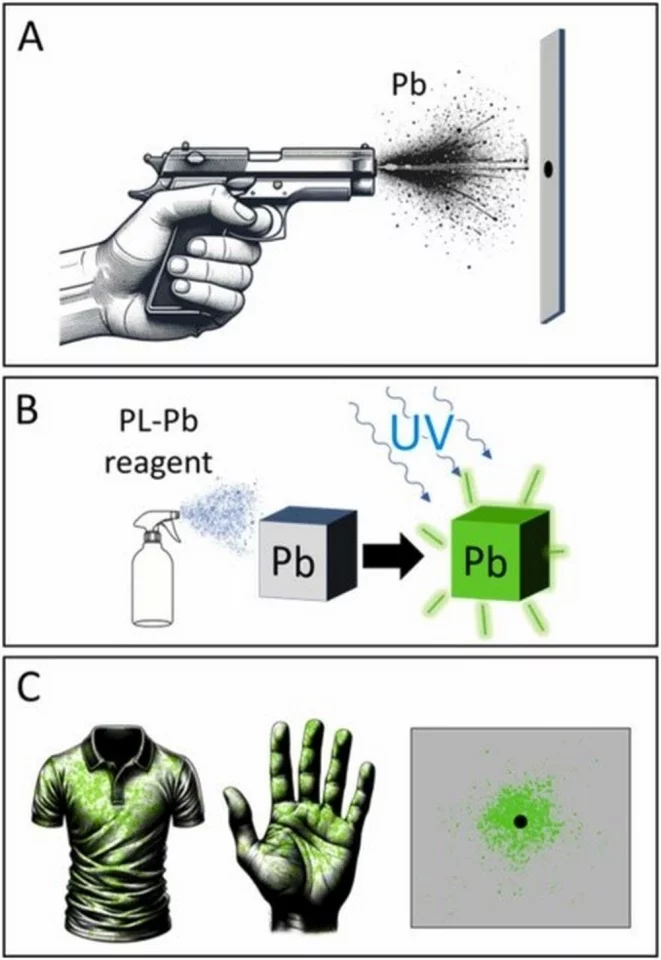
Officers with the Amsterdam police force are now trialling the technology at actual crime scenes, with an eye towards wide usage. The existing Lumetallix kit, upon which the new system is based, is already being utilized to detect lead contamination in settings such as construction sites.
A paper on the research was recently published in the journal Forensic Science International.
Source: University of Amsterdam via AlphaGalileo




